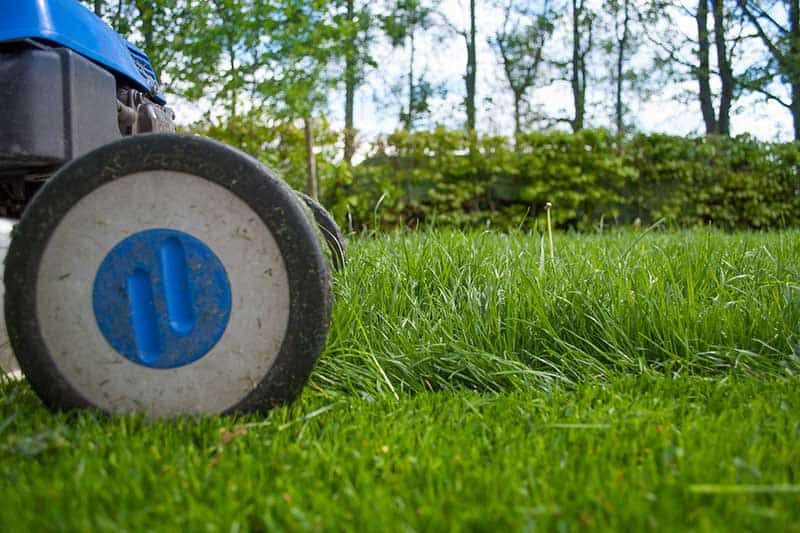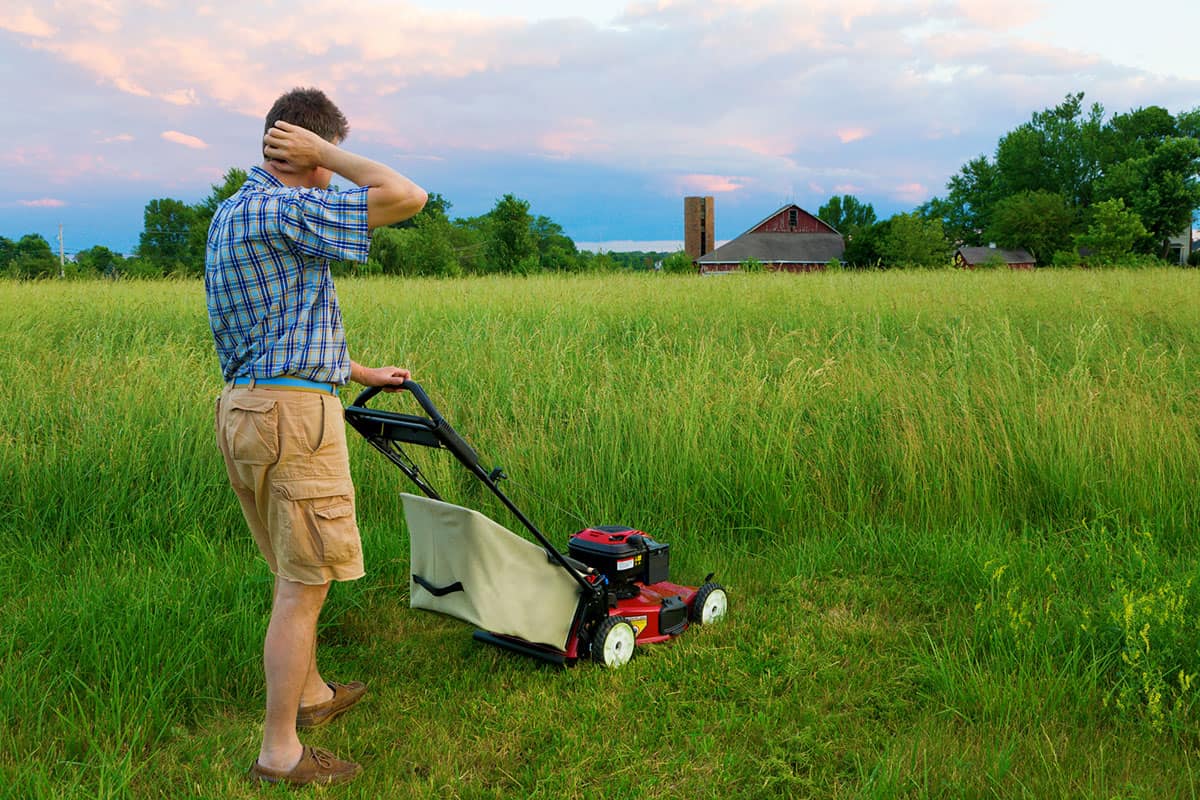This page may contain affiliate links. If you click and buy, we might get a small commission at no cost to you.
For most homeowners, mowing the grass is an important household chore that can’t go overlooked. When you go too long without cutting it, your yard can become overgrown and unkempt. So it’s good to know how often you should mow your lawn in the summer, which is what we talk about in this article.
Despite not looking good, an overgrown yard can even damage the blades of your mower when you finally do cut it. The amount that you need to mow your grass will vary depending on the time of year.
Your grass grows differently in each season, so you won’t have to cut it as often all the time. As summer approaches, homeowners are wondering how often they should be performing this task.
How Often Should You Mow Your Lawn in the Summer?
During the summer, you should be mowing your lawn every one or two weeks. I have mine mowed every two weeks, but many of my neighbors mow weekly. If you are part of a Homeowner’s Association you may need to check if they have any rules for this.
This time frame may vary depending on how much it rains in your region and how hot it gets, but you should be cutting your grass no less than two times each month. In areas with more rainfall, you might need to be cutting your grass once a week.
Summer Mowing
In the summer season, the growing time for your yard will be in full swing. In areas of the country where it is the warmest, you should probably be mowing once a week. This will keep your grass from getting overgrown, and even allow for a few missed mowings.
If you live in a region that is particularly sunny, or you are frequently fertilizing your lawn, you might even need to mow twice a week. This comes down mostly to how much your grass is growing, and how short you want it to be. Anytime you mow, you should always make sure the blades are sharp. Dull blades can potentially damage your yard.
How Short Should Grass Be?
People have different preferences for how long they allow their grass to grow, but there are recommended heights to maintain during the summer. In early or midsummer you’ll want your grass to stay between four and six inches tall.
In the later half of the season, you can keep the grass down to three inches tall. As summer nears an end, grass should be kept ⅓ of its normal height. Following this mowing schedule will best prepare your yard for the cold months of winter.

Mowing in Other Seasons
While summer is the season that requires the most frequent mowings, your yard still has to be maintained during the rest of the year. Spring, winter, and fall also require you to have some kind of lawn cutting schedule.
Spring
Since rain levels vary in the springtime, so will the frequency of your mowing. During this season, it will depend greatly on how quickly your grass grows. In most areas, your grass can be kept at ⅓ of the usual height. Cutting it too short can be damaging.
Winter
In the winter, the amount you cut your grass will vary greatly depending on the region you live in. In some areas, your grass won’t stop growing that much at all, and you will need to maintain a similar mowing schedule all year. In other regions, the grass won’t grow at all in the winter. People who live in these areas can go the entire season without having to mow.
Fall
In most regions of the country, grass doesn’t grow as much during the fall. In these areas, you only have to mow around once every two weeks in order to prepare your yard for winter. However, in warmer areas, you may need to keep up a schedule of weekly mowing to keep your grass from getting too tall.
Over mowing
It’s possible to over mow your lawn in any season, and this can damage your yard in more than one way. If you are cutting your grass too much you can damage the root systems, deplete nutrients, and cause uneven growth. In addition, this can also make your grass grow faster, and will eventually require even more mowing.
Under mowing
Under mowing your lawn can be just as damaging as over mowing it. If you don’t cut your grass often enough it can cause pests to build up and make your entire yard look messy. When you do mow, it will take even longer to do, and will cause excessive grass clipping build-up.

Other Features of A Healthy Lawn
Maintaining a healthy lawn has to do with more than just how often you cut the grass. You should also be properly fertilizing your lawn, and working to understand the growth rates and temperatures in your region.
Conclusion
Mowing your lawn is an important chore that becomes even more vital in the summer season. During these months grass grows faster and needs to be cut more frequently to avoid overgrowing. Having the right schedule for mowing can contribute to your overall yard health and appearance this summer.



